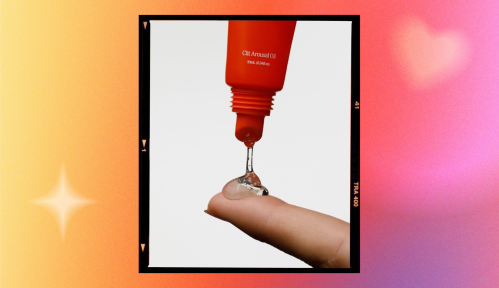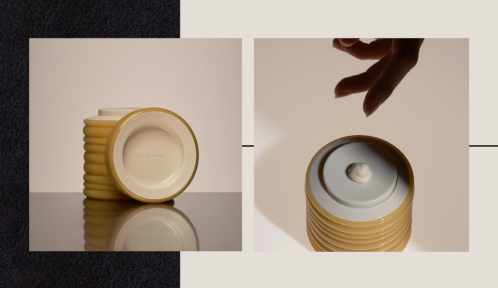I love summer. It’s light until late, I can spend weekends at the beach, and get my bike out of its long winter retirement—what’s not to love? My hair, however, does not feel the same.
It’s spent the entirety of the past few sunny months tied up in a bun to avoid neck sweat and the dreaded frizz halo, and has seen its fair share of damage from seawater, UV rays, and even a scalp sunburn. Understandably, I’ve been feeling pretty guilty about the state of my poor strands, so when I saw the “reverse hair washing” method going viral on TikTok for its ability to revive dull, dry hair, I knew I had to give it a try.
What is reverse hair washing and what are its benefits?
Reverse hair washing is exactly what it sounds like. The process involves inverting the order of the haircare products you use in the shower, conditioning first and shampooing right after. Though it may sound counterintuitive (in French, the word “conditioner” literally translates to “after shampoo”), according to stylists there are some legitimate benefits to remixing your routine.
You see, shampoo can strip your hair of its natural oils (especially if you’re using formula with sulfates), while conditioner can coat your strands and weigh them down. If your hair is fine, damaged, or prone to getting oily, applying these products in standard order can make it look greasy, limp, and flat. On TikTok, people claim that reversing the application has made their hair lighter, softer, and more voluminous, and adds hydration without sacrificing fullness and movement.
“By first using conditioner and then shampoo, you’re removing a lot of the conditioner, meaning there’s not as much left to weigh your hair down,” explains Gökhan Vayni, a hair transplant specialist at Vera Clinic. This way, you’re still giving your hair the hydration it needs, but you won’t be left with a limp finished look. Plus, conditioning first also protects your strands from the shampoo’s harsh and stripping agents, acting as a barrier to help you “squeaky clean” (read: dry and over-washed) post-shampoo feeling.
“Although reverse hair washing is not normally as beneficial for dry hair, coarse hair, or curly hair which benefit from the lasting effects of conditioner, it can still pay off if done right,” says Vayni. Curly haired gals, in particular, could benefit from switching between regular washes and reverse washes: the important thing is finding the right balance of moisture and softness for you and your hair type.
How to reverse wash
The practical steps to reverse washing are incredibly simple: After wetting your hair in the shower, apply conditioner and leave it on for a few minutes. You can choose to comb through with your fingers, a comb, a detangling brush, or not at all, depending on hair type and personal preference. Then, rinse it out and lather your hair with shampoo, concentrating on your scalp rather than your lengths. Et voilà!
Interestingly, reverse washing allows for applying conditioner on your scalp without leaving it feeling coated and oily. While pros generally recommend exclusively applying conditioner to your mid-lengths and ends, where the hair is usually older and significantly drier, this technique allows you to hydrate and nourish your whole head. Because you’re ultimately washing out the product, you won’t have to worry about build-up on your scalp.
What happened when I tried it

L'Oreal Paris Elvive Dream Lengths Shampoo and Conditioner Kit for Long, Damaged Hair — $13.00
My hair is medium-thick and wavy, but heat and bleach have done a lot of damage to it, so while I’m not technically a perfect candidate for reverse washing, Vayni noted that I would still likely see some benefits from the technique.
I first tried it after a holiday week spent mostly in the sun, when my hair was at its driest and dullest. After just one wash, I immediately noticed that my ends looked healthier and my hair looked fuller overall. I’ve stuck with this routine for a few weeks now, and the difference in volume and softness has been incredible.
I might decide to revert back to a regular wash every once in a while to give my hair a full and thorough cleanse, but other than that, consider me (and my formerly lifeless hair) a true convert.
For more 411 on how to properly care for your hair, check out our senior beauty editor’s tips in the video below.
Want even more beauty intel from our editors? Follow our Fineprint Instagram account) for must-know tips and tricks.
Sign up for the Well+Good SHOP Newsletter
Get exclusive deals on wellness, beauty, fitness, and food products that have been hand-picked by our editors.
Got it, you've been added to our email list.










